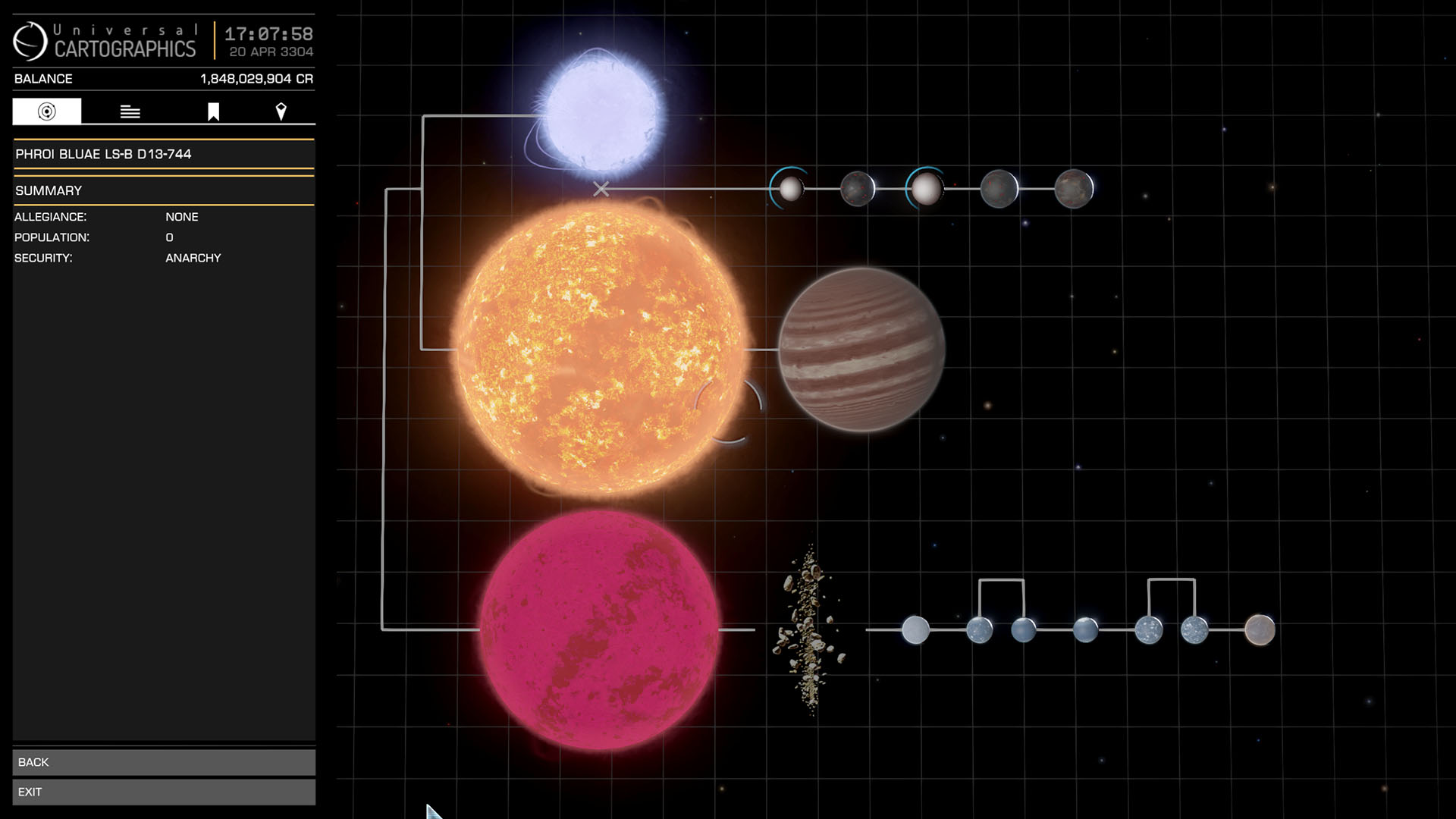Well, I think it's a bit odd myself anyhow.....
Main star is an A9, it is a multiple star system, but nearest to it is 40K away, so I can't see it having much influence heat-wise. EDDiscovery says the habitable zone is from 1,031 ls to 2057 ls. Not only is the ELW outside of this range by almost twice, but the HMC and it's WW moon right before the ELW are Teraformable and outside of the zone as well...





Main star is an A9, it is a multiple star system, but nearest to it is 40K away, so I can't see it having much influence heat-wise. EDDiscovery says the habitable zone is from 1,031 ls to 2057 ls. Not only is the ELW outside of this range by almost twice, but the HMC and it's WW moon right before the ELW are Teraformable and outside of the zone as well...


